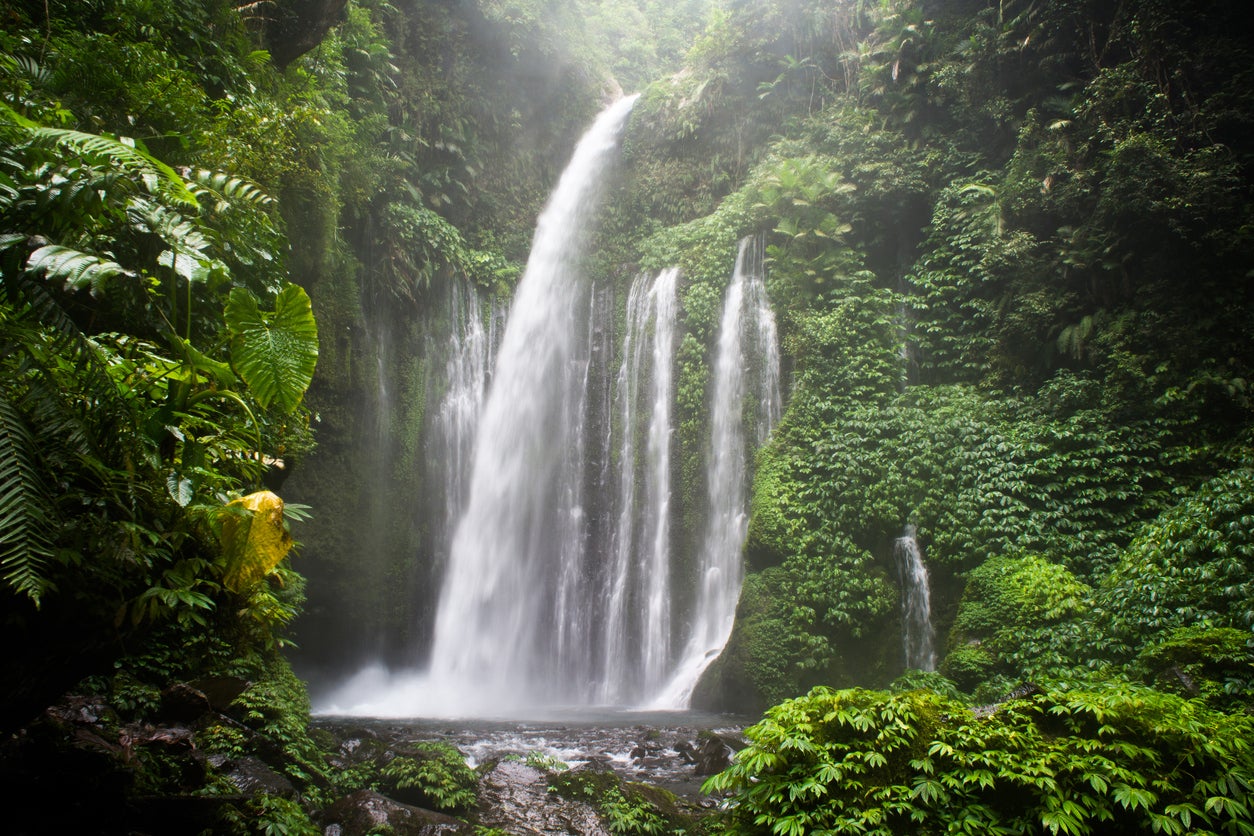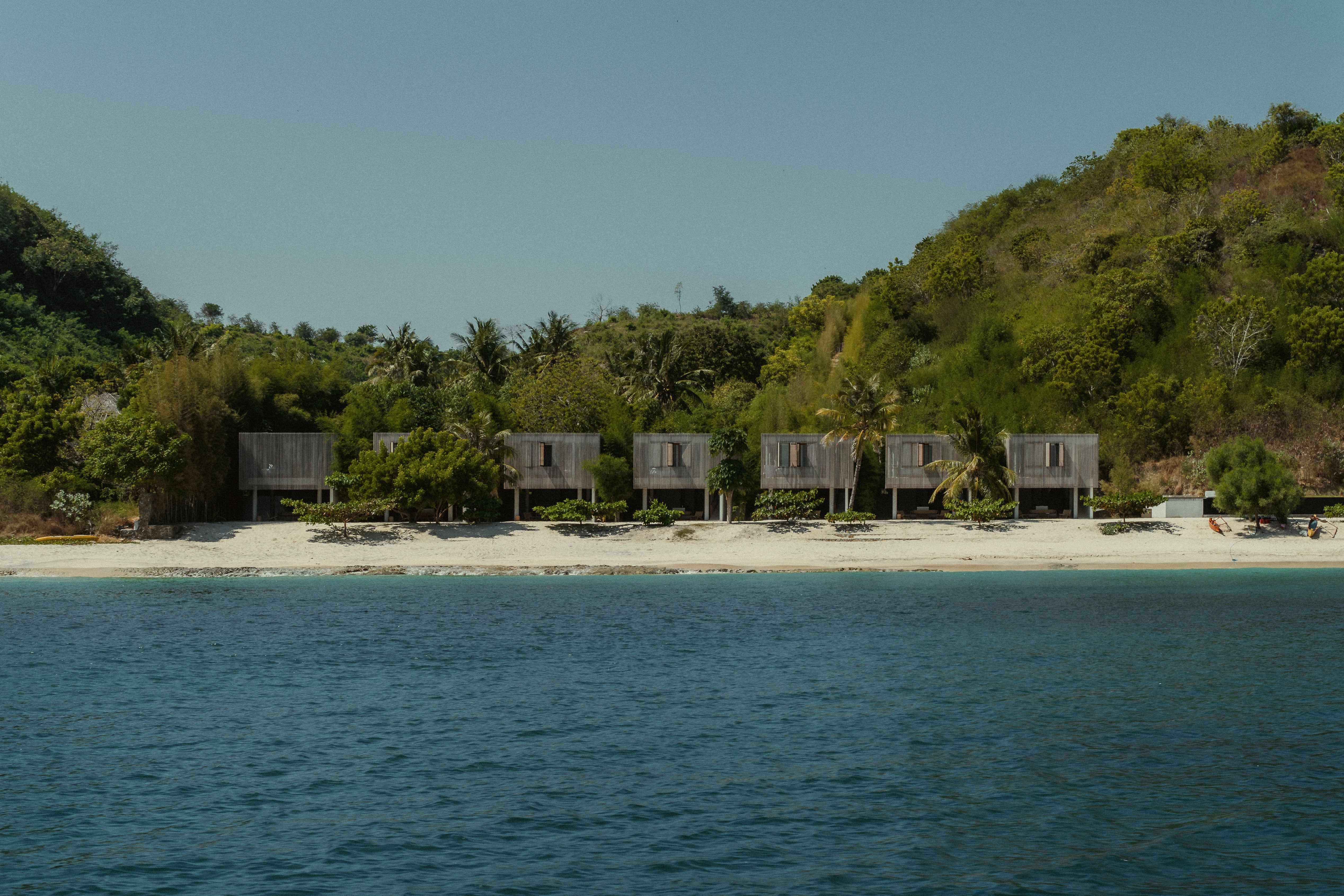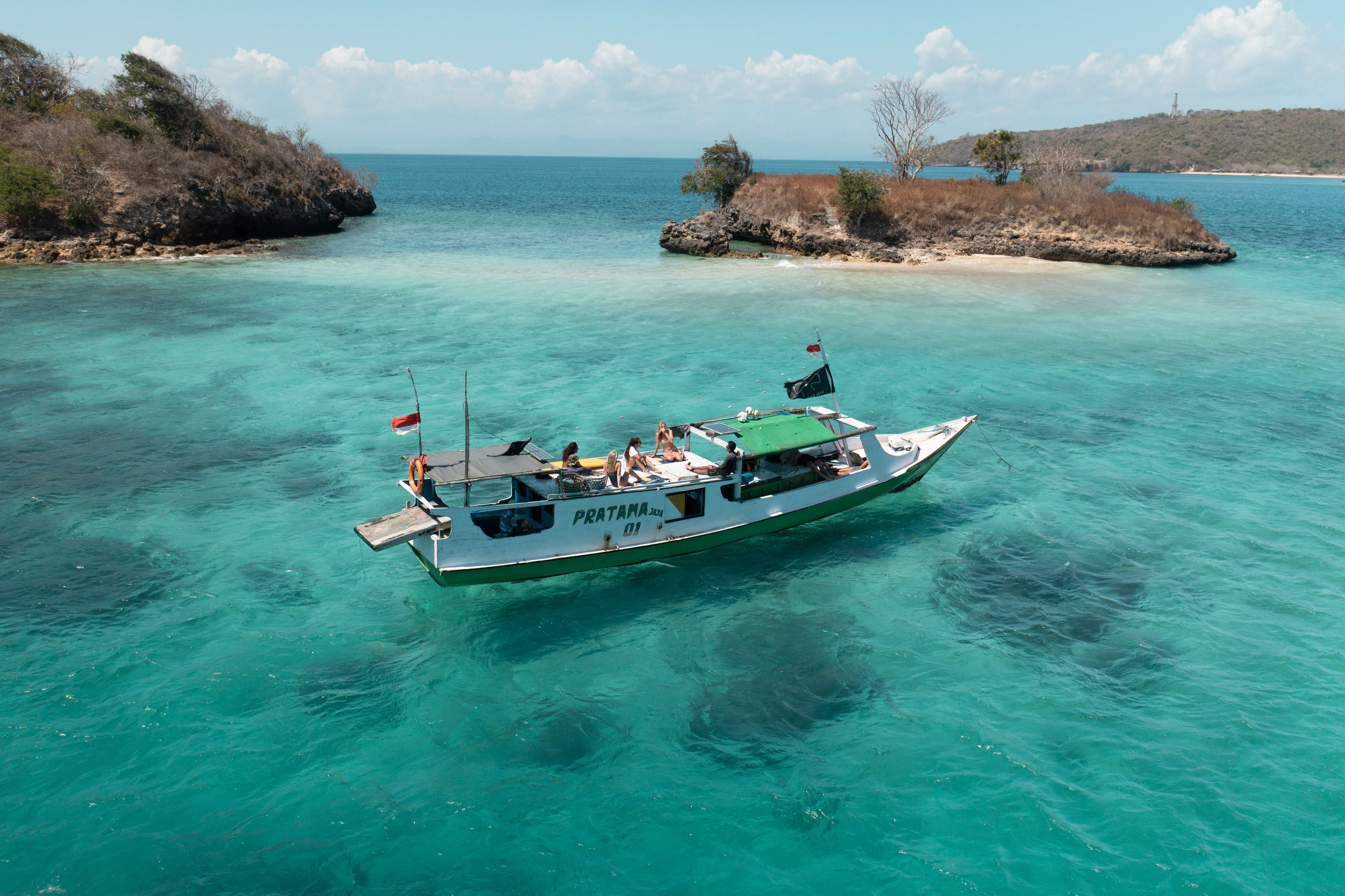The Independent's journalism is supported by our readers. When you purchase through links on our site, we may earn commission.
This paradise island has got its mojo back – cheaper than Bali and without the crowds
Indonesia’s islands still conjure up alluring far-flung escapism, but with that comes an influx of crowds. Ally Wybrew finds an affordable, slower-paced destination for a getaway, in Lombok

Your support helps us to tell the story
From reproductive rights to climate change to Big Tech, The Independent is on the ground when the story is developing. Whether it's investigating the financials of Elon Musk's pro-Trump PAC or producing our latest documentary, 'The A Word', which shines a light on the American women fighting for reproductive rights, we know how important it is to parse out the facts from the messaging.
At such a critical moment in US history, we need reporters on the ground. Your donation allows us to keep sending journalists to speak to both sides of the story.
The Independent is trusted by Americans across the entire political spectrum. And unlike many other quality news outlets, we choose not to lock Americans out of our reporting and analysis with paywalls. We believe quality journalism should be available to everyone, paid for by those who can afford it.
Your support makes all the difference.“The closest thing I’ve ever seen to Eden” – this is how award-winning actor Sam Neill describes Bali, and for many years the Indonesian island – one of 17,000 – has been a paradisiacal getaway for famous folk and the rest of us civilians.
But the past few years have seen its idyllic reputation begin to tarnish. Its oh-so-attractive beaches are suffering: due to waste management issues, much of the country’s 300,000 tons of plastic waste end up on its beaches or waterways. Often you’ll see reports of unruly tourists violating holy sites, drink-driving and causing fatal road accidents.
In 2023, 5.2 million people descended on Bali looking to experience its alluring blend of desert island vistas, hospitality for all budgets, world-class scuba diving and heady nightlife. By August of that year, 213 of those visitors had been deported for inappropriate behaviour. Today, the streets of Seminyak are still bustling, with bars of every kind doing a roaring trade alongside boutique fashion outlets and somewhat bawdy souvenir shops.
I stayed in the city earlier this year, on the way to Lombok, Bali’s sister island, which is just a 90-minute ferry ride away. Of similar size but with fewer inhabitants, Lombok possesses Indonesia’s mix of intricate temples, tropical climate and earthbound beauty, yet without the excessive crowds and inflated costs of its neighbour.
Despite its proximity to Bali, mainland Lombok – unlike the popular partying and diving destination of the Gili Islands – is often overlooked by tourists, despite the country’s efforts to attract them. The tourism industry began to blossom in the 1980s, but took a hit in the late 90s when a financial crisis and political unrest destabilised the region.
Read more on Asia travel:

It began growing again in 2010. Then, in August 2018, a 6.9 magnitude earthquake struck the island, followed by a tsunami, killing over 500 people and collapsing residences and resorts across much of the north. Subsequent years saw incremental revival attempts, but then Covid hit. According to Tanmay Vaidya, general manager of The Oberoi Beach Resort, Lombok, this duo of disasters set the country’s hospitality industry back “20 years”.
But now, Lombok is on the way up.
Since the pandemic, the country has welcomed a new panoply of travellers. In 2022, the destination was added to the MotoGP calendar, its high-spec Mandalika International Street Circuit seducing petrolheads from around the world. Last year, Singapore Airlines launched a new route to Lombok, connecting those Indonesian shores to a new market. What’s more, development has been booming in Lombok’s less populated regions, developers seeing opportunities in much of its untouched southern coastline.

Innit Lombok is one of these openings. A cluster of six, high-concept villas sitting on a private beach in Awang Bay. Accessing the property requires driving across miles of farmland on rough roads before navigating a steep dirt track that seemingly leads into the wilderness. The nearest shops are a 20-minute drive away, and “local amenities” consist of a surf-friendly ocean, private beach and beautiful sunsets. Upstairs, guests enjoy unbroken sea views from the moment they sit up in bed in the morning, while downstairs the living area connects seamlessly with the beach: having just three walls means it is open to the oceanfront, and a sandy floor sees crabs scuttle beneath kitchen cabinets. It’s remote and luxurious – a USP that Lombok is finessing.
One high-end hotel chain has had this nailed for a while. Oberoi Hotels and Resorts has properties in both Bali and Lombok, and though they share similarly seductive design, decor and decadent services, they also feel distinctly different.
Opened in 1978, The Oberoi Beach Resort, Bali, was the first hotel in Seminyak – it made such an impression that many locals still refer to the area itself as “Oberoi”, and as such benefits from a spacious, 60,000 square-metre plot unrivalled by other local hotels. Mornings here are spent enjoying Balinese massages to a soundtrack of twittering honeyeaters, afternoons being hypnotised by the sun-soaked tides, and evenings sampling the indigenous delights of mangosteen, snake fruit and rambutan. It’s peaceful by any stretch of the imagination, yet in Lombok, Oberoi somehow takes it further.

Extending across 97,000 square metres of impossibly green, tropical topography, The Oberoi Beach Resort, Lombok greets guests with a pavilion-framed view of staggered infinity pools, a sapphire Indian Ocean and the low, green humps of the Gili Islands on the horizon. Villas here are positively palatial; a Luxury Ocean View Villa with private pool spreads over a sprawling 255 square metres. While both Indonesian properties overlook sandy beaches, Bali’s are speckled with runners, horse riders and tourists taking a dip, while Lombok’s are untouched, the only movement the swaying silhouettes of netted hammocks and fretting palm fronds.
Tanmay is convinced Lombok has the edge when it comes to tourist appeal: “[Lombok] has got great potential, way better than Bali,” he explains. “Once you’re here, you have great beaches, golf, diving, hiking – and fewer people around you. It’s much better value for money, too.”
His last point is a key factor in the destination’s growth. For those not able to fly direct, while the extra cost of a ferry or connecting flight is a consideration, once on the ground, pretty much everything in Lombok costs less than in Bali – particularly if travellers visit in the off-season.
February might be a time when rain-phobic Europeans run the other way from the threat of monsoons, yet in the two weeks I stayed, I experienced only one half-hour downpour and a spattering of welcome, cooling showers. Otherwise, temperatures held steady at around 32 degrees celsius, backed by scorching sunshine and blue skies.

But beyond accommodation, Lombok feels different from Bali. Its ferry port is quieter and the roads less frantic. There’s interesting conservation work going on here too, offering travellers meaningful ways to contribute to the community, learn about the local culture, and soak up the region’s incredible natural offerings.
One such company is Project Hiu, a two-year-old shark conservation enterprise established by filmmaker and influencer Madison Stewart. Her outfit has been hiring boats and their crews for monthly stints to show tourists some of the destination’s best snorkelling spots. In theory, for each month the fishermen are employed by the project, roughly 60 sharks evade capture. Indonesia frequently tops charts as the country catching and exporting the most sharks globally, and while some species are protected, it’s barely regulated.
My time with them was eye-opening. Aside from enjoying a guided snorkel at Pink Beach, watching nesting bats and swimming with black tip reef sharks, I learned about the crew’s day-to-day lifestyle.

The six members manning our boat have been working in this industry since they were young boys, they can’t read or write, and the job is excruciatingly physically demanding. They sleep in a deck area barely tall enough to crouch in while shark carcasses decompose below the boards beneath them. One crew member chuckled while showing us a video of a shark hook being removed from his hand. He nearly lost his thumb. In a bid to break the cycle of an inherited industry, Project Hiu is sponsoring two of the crew’s children to go to university. It’s a far cry from the luxurious lifestyle many tourists head to the destination for.
Bali is certainly convenient, but the extra effort to visit Lombok – very little, really – is worth it. Ferries between the islands are plentiful, fast and, while not exactly luxurious (many cram in hundreds of passengers and are strung all over with air fresheners failing to mask the heated human stench) they aren’t expensive; some routes are as little as $11 (£8.60). More comfortable transfers are available, such as private speedboats, or travellers can skip the water altogether and simply fly the 40 minutes between Bali to Lombok.
While sitting on a sofa in the sand, or watching sleeping turtles being buffeted by underwater currents, it’s hard to imagine Lombok as the new Bali. I think that’s a good thing. Lombok’s peace is precious, and something to soak up before the rest of the world catches up.
How to do it
Prices start at £4,200pp (based on two sharing), including return flights, all transfers and seven nights’ B&B accommodation, with two nights at The Oberoi Beach Resort, Bali, two nights at The Oberoi Beach Resort, Lombok, and three nights at Innit with Original Travel. Also included is the Project Hiu snorkelling, the waterfall trek and a day’s diving. originaltravel.co.uk
Read more: Indonesia travel guide – everything to know before you go
Join our commenting forum
Join thought-provoking conversations, follow other Independent readers and see their replies
Comments